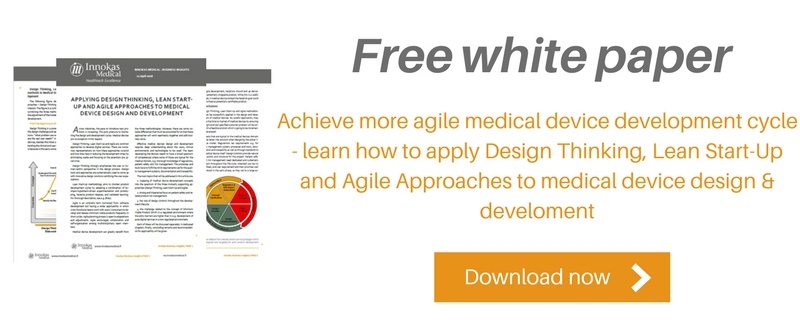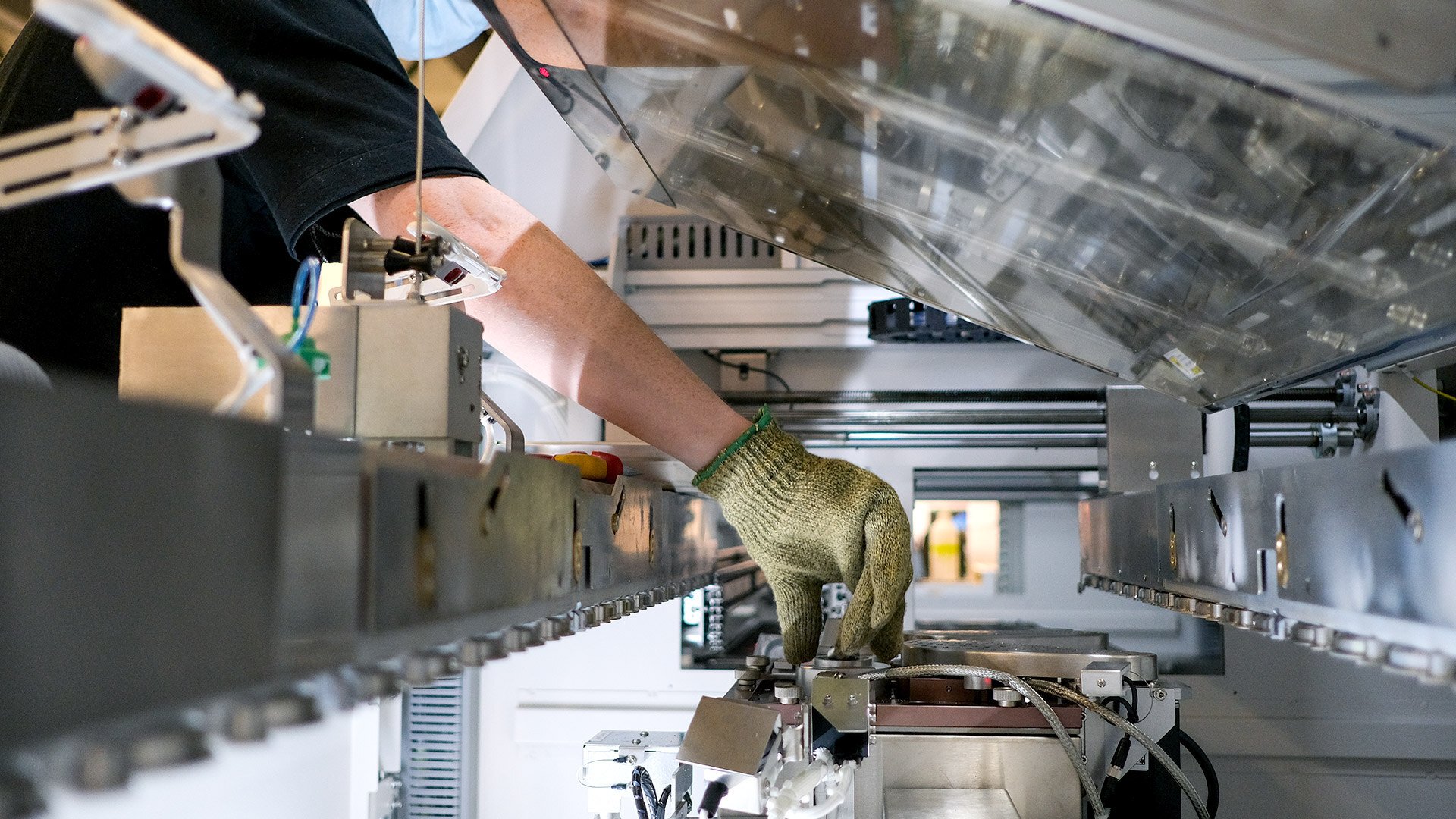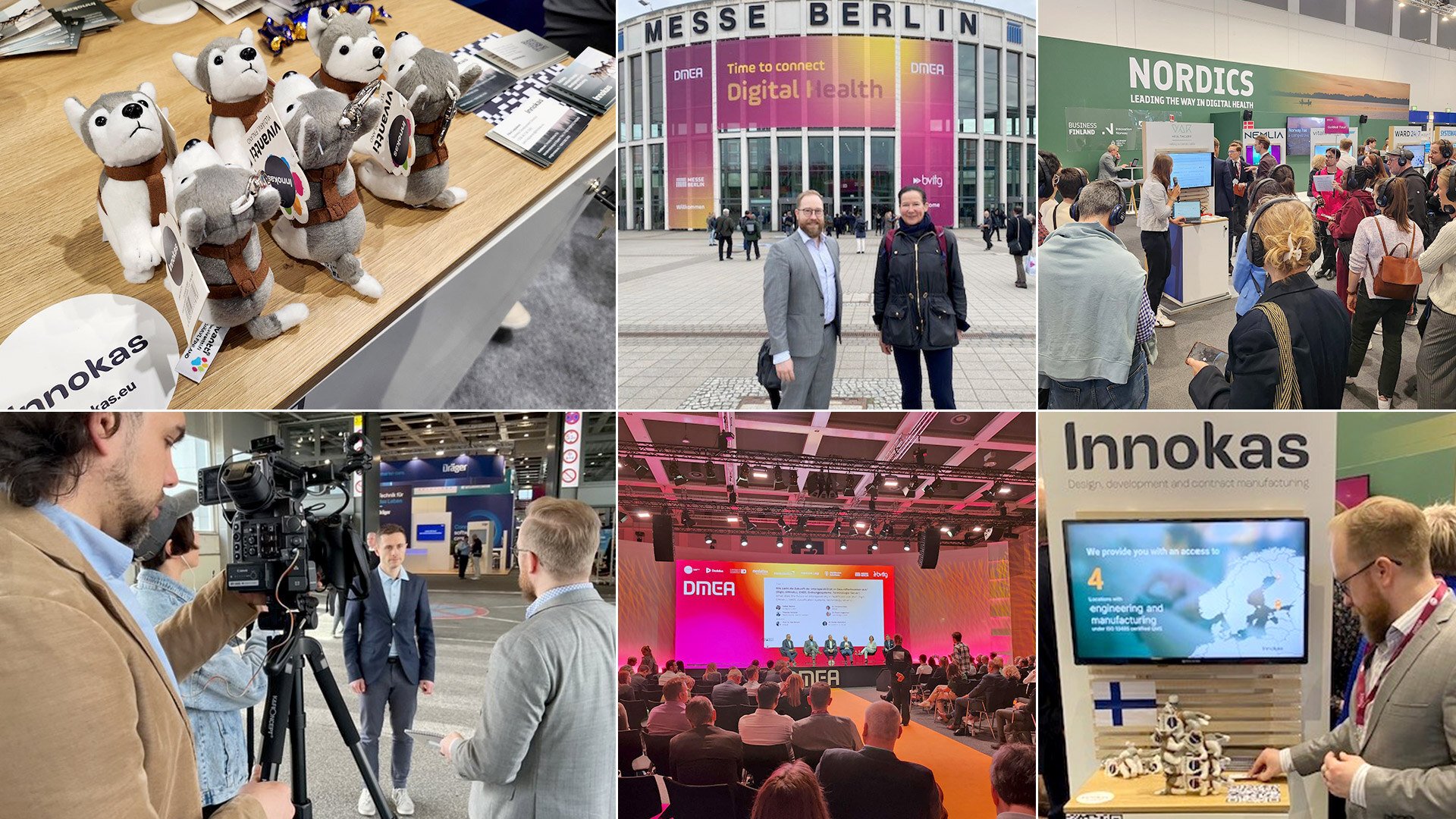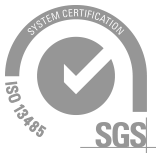The healthcare technology industry is evolving with various global trends. In recent years, one trend has been clear: software and data-driven solutions are revolutionizing the future of patient care. It is estimated that the annual growth rate of digital healthcare market is 28 % worldwide. This is exceptionally high growth rate for any business.
While evolving technologies enable the co-creation of improved healthcare innovations, it brings a whole new range of challenges for companies working in the field – and for those, as well, who are aiming to enter the field. It requires, as an example, continuous development and investments in new kind of know-how, as companies need to be able to develop even more complex and easy-to-maintain solutions. Additionally, one of the challenges companies are facing is the strict and compelling regulations governing healthcare technology; every and each innovation developed for healthcare use must meet the growing regulatory requirements and customers’ needs. To comply with the regulations is not an optional thing to do.
In addition to complicacy, constant changes cause that designing and developing new medical innovations may become slower and thus, more expensive. At the same time there is a pressure, which is common for everyone in the field: to get certified, high quality medical products and solutions to the market cost-efficiently and as quickly as possible, to keep up with the competition.
According to practical experiences, one answer when aiming to tackle the pressure and to achieve more agile development cycles for new innovations is to put even more focus on the concept development phase. With careful investigations and right choices made already at that phase; the more agile project schedules can be achieved. In this article, we’re analyzing the topic to address the real benefits of concentrating to develop the concept before the actual product.
Define your product vision to build a solid foundation for your business
When coming up with an idea of new innovation, it is crucially important to ensure that all the requirements are met for a commercially and technologically viable product before moving to actual design implementation. This can be achieved by carefully investigating the potential of your idea in your target markets, by validating your business and potential risks, and by verifying the technology choices and regulative feasibility.
Thus, when moving from vision to actual business case, you should first concentrate on clarifying your idea and concept; carefully made concept elaboration enables you to build a solid foundation for your business case. During concept elaboration, you should conclude careful research to find answers at least for the following questions:
- What is the current competitor stage and how does your product fit in your target markets?
- Is there any future trends that should be taken into account?
- What are the real user needs, their priorities and the technical challenges they may face?
- Which would be the best technologies and functionalities to take in use in your product and why – and on the other hand, which are not that relevant to take in use in the final product and why?
- What are the expectations for the new technology?
- Which are the main possibilities and risks on the technical side of your product?
- Which are the main possibilities and challenges on the regulative side of your products?
- What are the current baselines and targeted performance goals?
As a result, you’ll have an effective kick-off for your product development, as this helps you to clarify how to turn the feasibility phase results into a finished, high quality medical product, which adds real value for the end-users.
Verify the actual potential by concept validation
After the research work done and related suggestions gathered, you should secondly put extra effort on validating your concept. By implementing iterative prototyping, you’re able to verify that the concept really has practical potential with choices made during concept elaboration.
Co-operation made with appropriate partners during the concept validation play major role in this: when validating the feasibility together with the end users, the feedback you’re able to receive will enable you to develop a well-designed, efficient and user-friendly solution in an agile project schedule.
But it’s not just that with whom to implement the validation but also how to do it. In more traditional product development models, the user feedback is usually gathered closer to the end of the product development. This may cause many redesign rounds, which are typically the most expensive ones because of the time and effort spent on changes that have to be made on both documentation and created product version. But when choosing so called user-driven approach for POC development, where the user and user experience tests are started already before the actual design implementation, it’ll enable you to significantly save both time and money because expensive redesign rounds can be avoided. Iterative prototyping and POC development can be done by using, e.g., painting software, printed cardboards and other kinds of scratches and mock-ups – validated together with the end-users.
Create clear commercialization roadmap for your innovation
By putting more effort in the concept elaboration and concept validation, both time and money can be saved. This is mainly because the devices are more difficult and expensive to be redesigned if the product is already close to launch, which naturally has an impact on the budget that might be exceeded and launching schedule that might get overdue.
After finishing the concept elaboration and validation, the creation of a clear commercialization roadmap including step-by-step project plan is as much important. It helps you to take each step into account and to create the initial budgetary estimate, regulatory framework and program plan, ready to be presented to various stakeholders, when needed.
If you’re not sure on how to implement the idea elaboration phase where the concept clarification as well as validation takes place, or if you find difficulties in creating realistic commercialization roadmap, consult an expert. When cooperating with experienced partner who has proven track record in implementing this kinds of researches, workshops and projects, it’ll help you to ensure clear understanding of the practical potential of your idea before the actual development phase starts – and before you waste time and money on a false start.
Innokas Medical is one of the leading engineering players in the Nordics, having over 25 years of experience from the medical field - from both idea elaboration as well as design and development phases including quality management and regulatory affairs expertise. We have strong experience on wide variety of different medical devices and solutions, and their global market areas, through which we’re able to help our customers to evaluate the success potential of their idea on very practical level. If you need an experienced partner to develop your business case, sharpen your concept and validate the feasibility of your idea – contact us for further details!
In addition to the importance of the idea phase, the whole medical device development process should follow certain rules and best practices to achieve the more agile medical device development cycle. According to our studies, the commonly known three methodologies of product development - Design Thinking, Lean Start-Up and Agile methodologies - are something that can be successfully applied to the design and development of medical devices. When done properly, they reduce the time to market of the device by ensuring that right and well specified customer problem will be solved with a feasible solution, which is going to be incrementally developed.
In our free White Paper we describe in a detailed level how to get high-quality medical product to the market as quickly as possible by using these three methodologies. Please, download your free White Paper below!











